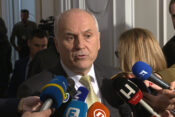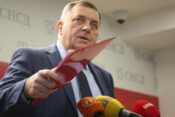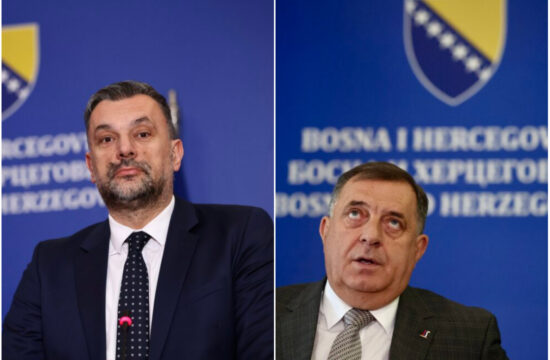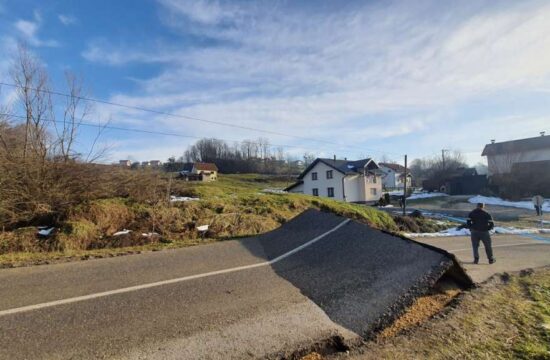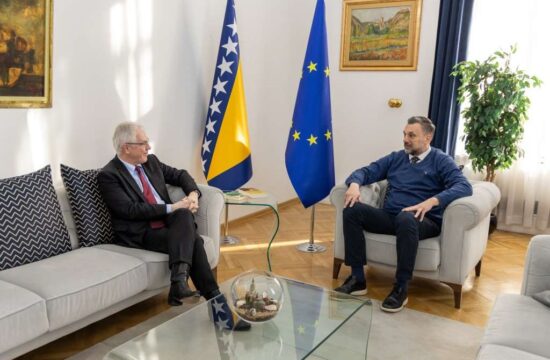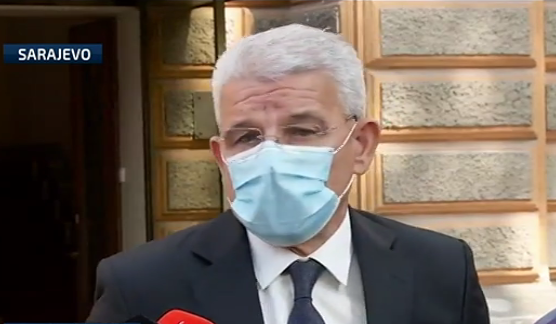
The Bosniak member of the country’s tripartite Presidency, Sefik Dzaferovic, said that the U.S. Special Representative for the Western Balkans has emphasised during his visit on Wednesday that the status of Kosovo is in no way linked to the status of neighbouring countries, including Bosnia and Herzegovina.
The statement came in light of recent claims made by his Bosnian Serb colleague in the Presidency, Milorad Dodik, who said that any discussion on Kosovo’s independence would also raise the issue of the status of Bosnia’s Serb-majority semi-autonomous Republika Srpska (RS) entity.
US Deputy Assistant Secretary and Special Representative for the Western Balkans, Matthew Palmer, met with Dzaferovic, Dodik and Bosnian Croat Presidency member Zeljko Komsic to discuss a variety of issues.
Dzaferovic said it was a “very useful meeting with our friend and strategic partner.”
“We received support and were asked to remain committed on our path of reforms,” he said, listing all the topics that were discussed.
Those included, among other things, the issue of human trafficking and Bosnia’s participation in military exercises with NATO and EUFOR, he said, adding that such exercises are planned for 2022.
“We also spoke about the reform of the justice system and the battle against illegal migrations. I am certain that today’s meeting will prove to be an additional incentive for all of us in Bosnia and Herzegovina to continue to work without any tensions,” he said.
Dzaferovic said that the agreement that leaders of Kosovo and Serbia signed in Washington recently was also discussed and that Bosnia should “accept some of the things that are useful from that dialogue.”
However, it was “clearly pointed out” that the relations and the dialogue between Kosovo and Serbia “have nothing to do with other countries in the region but only with Belgrade and Pristina,” he stressed.
Palmer will throughout the day also meet with MPs from both chambers in Bosnia’s Parliament and with the Chairman of the Council of Ministers and Prime Ministers of the two semi-autonomous entities.

